Powerful conservation tech tools are gathering more data in the field than ever before. But without equally powerful and effective data management and processing tools, that data - no matter how groundbreaking or interesting - will not be able to reach its full potential for impact.
Data management can sometimes seem intimidating to conservationists, especially those just getting started in the world of conservation tech or experimenting with new data collection methods. While every community member's workflow and preferred data management and processing methods may be different, this group can serve as a resource to explore what works for others, share your own advice, and develop new strategies together.
Below are a few WILDLABS events dealing with datasets collected from various conservation tech tools:
Nicole Flores: How do I get started with Wildlife Insights?
Jamie Macaulay: How do I analyse large acoustic datasets using PAMGuard?
Sarah Davidson: Tools for Bio-logging Data in Conservation
Whatever conservation tech tools you work with, and whatever your preferred data management methods, we hope you'll find something helpful and effective in this group when you become a member!
- @ctjack1109
- | He/Him
I am a graduate student at Purdue University developing low-cost IoT technology to measure wetland methane emissions. This, paired with my undergraduate education in Wildlife and Fisheries Resources, has me naturally drawn to advanced tech coupled with conservation issues.
- 0 Resources
- 0 Discussions
- 9 Groups
- @lvgliarose
- | she/her
Bat Conservation Trust
Research Manager at Bat Conservation Trust
- 0 Resources
- 8 Discussions
- 12 Groups
- @sehuebner
- | she/her
Wildlife Ecologist and Program Manager at the Smithsonian Institution
- 0 Resources
- 3 Discussions
- 9 Groups
- @jguenter
- | he/him/his
Species360 CEO - passionate about using data to care for and conserve species
- 0 Resources
- 0 Discussions
- 5 Groups
- @Aurel
- | She/Her
Looking to reconcile biodiversity conservation and finance.

- 0 Resources
- 0 Discussions
- 10 Groups
- @diego_ellis_soto
- | he/him
University of California & California Academy of Sciences
Biodiversity |Technology | Socio-Ecological Systems | Wildlife Ecology | Remote Sensing | Conservation | K12STEM-education | Music | diegoellissoto.org
- 0 Resources
- 0 Discussions
- 20 Groups
Mechanical Engineer background in test and measurement, IT maintenance consulting, database development, field installation, field maintenance and systems analysis
- 0 Resources
- 0 Discussions
- 7 Groups
- @kylejhorner
- | he/him
NatureCounts Engagement Coordinator for Birds Canada.
- 0 Resources
- 0 Discussions
- 3 Groups
- @Alawa
- | She/Her
Passionate wildlife and biodiversity conservationist
- 0 Resources
- 0 Discussions
- 24 Groups
I am a a field biologist and a bat researcher interested in ecology, biodiversity, and conservation of mammals, especially Chiroptera.
- 0 Resources
- 0 Discussions
- 4 Groups
- @drelliott
- | he/him
Microbial ecologist in Derbyshire UK
- 0 Resources
- 0 Discussions
- 4 Groups
- @mattaudette
- | he, him, his
Software Tester and Test Automator at Wildlife Protection Solutions
- 0 Resources
- 1 Discussions
- 24 Groups
HawkEars is a deep learning model designed specifically to recognize the calls of 328 Canadian bird species and 13 amphibians.
13 May 2025
Hi together, I am working on detecting causalities between land surface dynamics and animal movement by using satellite-based earth observation data. As this is might be your expertise I kindly ask for your support...
8 May 2025
The Convention on the Conservation of Migratory Species (CMS) is seeking information on existing databases relevant for animal movement. If you know of a database that should be included, please complete the survey to...
30 April 2025
Conservation International is proud to announce the launch of the Nature Tech for Biodiversity Sector Map, developed in partnership with the Nature Tech Collective!
1 April 2025
Funding
I have been a bit distracted the past months by my move from Costa Rica to Spain ( all went well, thank you, I just miss the rain forest and the Ticos ) and have to catch up on funding calls. Because I still have little...
28 March 2025
Modern GIS is open technology, scalable, and interoperable. How do you implement it? [Header image: kepler.gl]
12 March 2025
Join the FathomNet Kaggle Competition to show us how you would develop a model that can accurately classify varying taxonomic ranks!
4 March 2025
Temporary contract | 36 months | Luxembourg
3 March 2025
Up to 48 months contract - 14+22 (+12) | Belvaux
25 February 2025
Up to 6 months internship position to work on DiMON project which aims to develop a non-lethal, compact device that, when coupled with traditional entomological traps, captures high-resolution, multi-view insect images...
25 February 2025
We are hiring for a customer support / marketing specialist.
20 February 2025
We look for a person with programming skills in R and/or Python.
4 February 2025
June 2025
event
event
event
October 2025
event
event
November 2025
July 2024
event
June 2024
85 Products
Recently updated products
| Description | Activity | Replies | Groups | Updated |
|---|---|---|---|---|
| Hi everyone,We all know camera traps are great at telling us what species showed up, where and when—and sometimes even ... |
|
Camera Traps, Data management and processing tools | 20 minutes 39 seconds ago | |
| The European project Nature FIRST is hosting its final conference at Ouwehands Dierenpark in the Netherlands on 25–26 June 2025,... |
|
Community Base, Conservation Tech Training and Education, Data management and processing tools, Earth Observation 101 Community, Emerging Tech, Human-Wildlife Conflict, Protected Area Management Tools, Wildlife Crime | 7 hours 47 minutes ago | |
| Lively and informative discussion, I would very much like to contribute if there is some active development work with regards to this. I have recent experience with using... |
+31
|
Data management and processing tools, Camera Traps, Software Development | 5 days 11 hours ago | |
| We are please to inform that we have implemented the point 1 and 4 and with this have finalized the project. The latest improvements:Improvement in findability of help... |
|
Animal Movement, Data management and processing tools, Software Development | 6 days 10 hours ago | |
| My name is Frank Short and I am a PhD Candidate at Boston University in Biological Anthropology. I am currently doing fieldwork in Indonesia using machine-learning powered passive... |
|
Acoustics, AI for Conservation, Animal Movement, Data management and processing tools, Early Career, Emerging Tech, Ethics of Conservation Tech, Protected Area Management Tools, Software Development | 2 weeks ago | |
| Interesting. Thanks for the explanation. Nice to hear your passion showing through. |
|
AI for Conservation, Camera Traps, Data management and processing tools, Open Source Solutions, Software Development | 3 weeks 3 days ago | |
| 📸 Do you use camera traps in your work? Take part in our survey!Hi everyone! I’m currently a final-year engineering... |
|
Camera Traps, AI for Conservation, Data management and processing tools, Open Source Solutions, Software Development | 3 weeks 3 days ago | |
| Although the core of the BoutScout project focuses on developing multi-sensor dataloggers for automated nest monitoring, a... |
|
Data management and processing tools, Latin America Community | 4 weeks 1 day ago | |
| 15 years ago I had to rebuild the dams on a game reserve I was managing due to flood damage and neglect. How I wished there was an easier,... |
|
Drones, Conservation Tech Training and Education, Data management and processing tools, Emerging Tech, Geospatial, Open Source Solutions | 1 month 1 week ago | |
| Hello everyone,Thank you all for your contribution!You can read some updates about this project in this post.Julia |
|
Acoustics, Community Base, Data management and processing tools, Open Source Solutions | 1 month 2 weeks ago | |
| Yep see you on friday |
+3
|
Geospatial, Acoustics, AI for Conservation, Camera Traps, Citizen Science, Community Base, Data management and processing tools, Emerging Tech, Open Source Solutions, Protected Area Management Tools | 1 month 3 weeks ago | |
| Yep we are working on it 1/ segment 2/remote unwanted ecosytem3/get local potential habitat4/generate5/add to picture |
|
Geospatial, AI for Conservation, Data management and processing tools, Open Source Solutions, Software Development | 1 month 3 weeks ago |
New Papers: Methods in Ecology and Evolution
23 April 2021 12:00am
Competition: Hack the Planet 2021
 The Commonwealth
The Commonwealth
23 April 2021 12:00am
Best global species database?
10 March 2021 10:30pm
28 March 2021 5:58pm
Very interesting! Thanks for sharing, @Nhanq !
6 April 2021 8:42pm
The GBIF backbone taxonomy is composed of Catalogue of Life, ITIS, the Red List and dozens of other checklists. It's just been updated again, but this blogpost from a 2019 update does a good job of explaining what it is: https://data-blog.gbif.org/post/gbif-backbone-taxonomy/
Another more recent post can help get one up to speed on using it via our species API: https://data-blog.gbif.org/post/gbif-species-api/
The 2021 #Tech4Wildlife Photo Challenge: Community Highlights
25 March 2021 12:00am
Funding Opportunity: COVID-19 Science Fund
10 March 2021 12:00am
Resource: WildID
8 March 2021 12:00am
New Paper: Drones and Bornean Orangutan Distribution
12 February 2021 12:00am
Tech Tutors: How do How do I launch machine learning projects using MLOps?
3 February 2021 12:08pm
5 February 2021 7:16pm
Dan's comments about the need for technologists and conservationists to manage and share (properly annotated) data struck a chord with me, it was right at the end of the presentation.
I fired off a point into the chat "could your old background data be my background data?" or something similar, and it got me thinking...
(Firstly, sorry for clouding this issue with my simultaneous "Ian Tuna" joke)
In the context of using AI as described in EdgeImpulse example, lets say - audio.
Lets say Group A are trying to detect the roar of lions, and Group B are trying to detect the grunt of wild pigs, and lets imagine that is in roughly the same area of Africa. I mean they could both send out teams to capture the sound of their target animal, and the sound of NOT their target animal, e.g everything else.
Well if "serengetti sounds" was a known audio track, then all you need is the unique sound of the beast in question, am I right?
Using AIS Data to Investigate the World’s Fishing Ports
2 February 2021 12:00am
Webinar: How can data empower communities in marine management?
26 January 2021 12:00am
Event: Role of GIS in Ocean Conservation
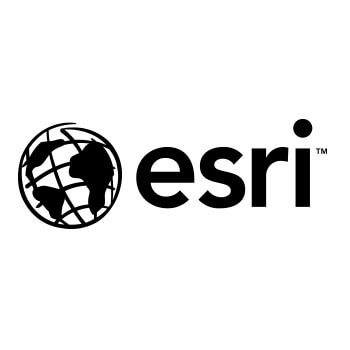 esri
esri
26 January 2021 12:00am
Opportunity: 2021 Ebbe Nielsen Challenge seeks open-data innovations for biodiversity
20 January 2021 12:00am
Workshop: Analyses of acoustic telemetry data with R
 European Tracking Network
European Tracking Network
15 January 2021 12:00am
Announcing the 2020 Geospatial Conservation Annual Report
17 December 2020 12:00am
FIS Call for Expressions of Interest (closed)
8 December 2020 12:00am
Making the Most of Tech Tutors Season 2!
30 November 2020 12:00am
Learning Resources: Exploring Species Interactions with Snapshot Serengeti
25 November 2020 12:00am
WILDLABS Tech Tutors: Season Two
24 November 2020 12:00am
How do I use open access remote sensing data to monitor fishing?
24 November 2020 12:00am
Introducing the Arctic Animal Movement Archive
17 November 2020 12:00am
Weekly Event: OTN Virtual Study Hall
 Ocean Tracking Network
Ocean Tracking Network
16 November 2020 12:00am
International Certificate Program in Environmental Data Analytics
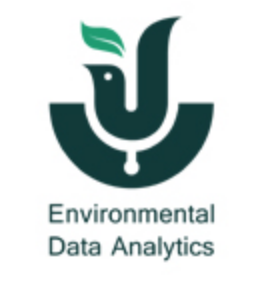 Environmental Data Analytics
Environmental Data Analytics
16 November 2020 12:00am
Using Computer Vision to Protect Endangered Species
10 November 2020 12:00am
Opportunity: Sustainable Development Goals Internship
13 October 2020 12:00am
Training Opportunity: HarvardX TinyML Course
 edX
edX
30 September 2020 12:00am
Tech Tutors: Review Session
3 September 2020 12:00am
Challenge: ElephantEdge
11 August 2020 12:00am
Webinar: Building location-based narratives
 esri
esri
11 August 2020 12:00am
Sustainable Fishing Challenges: Fishing Vessels of the Future
4 August 2020 12:00am
How do I use portable genomics in the field?
3 August 2020 12:00am


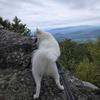

















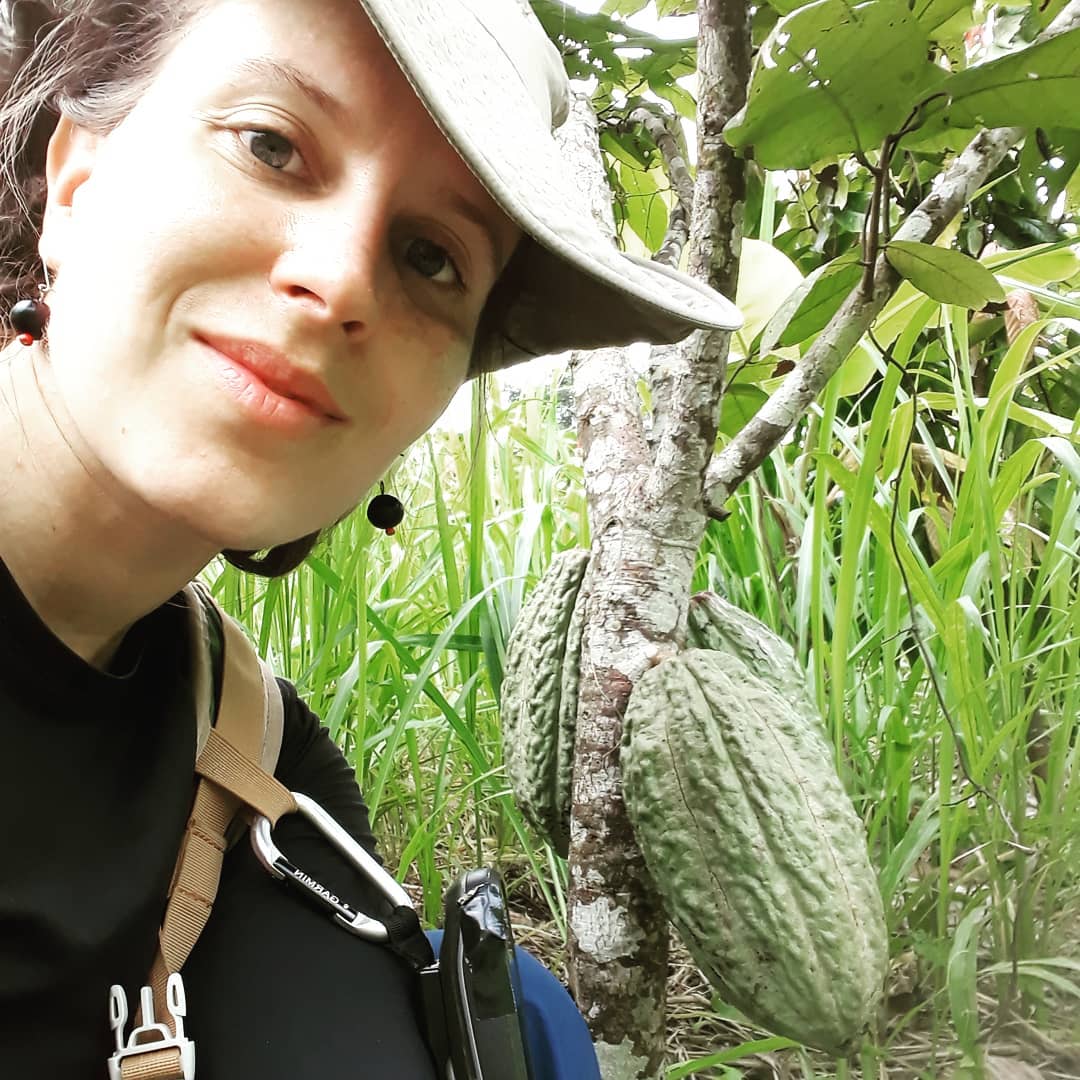


















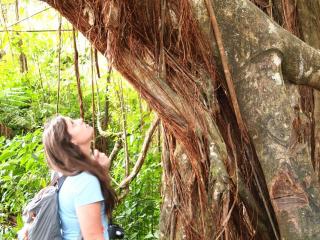
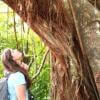


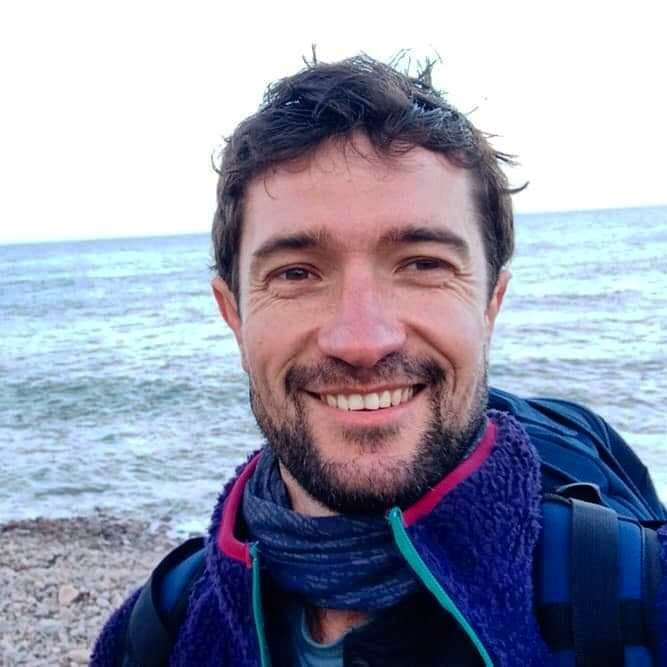




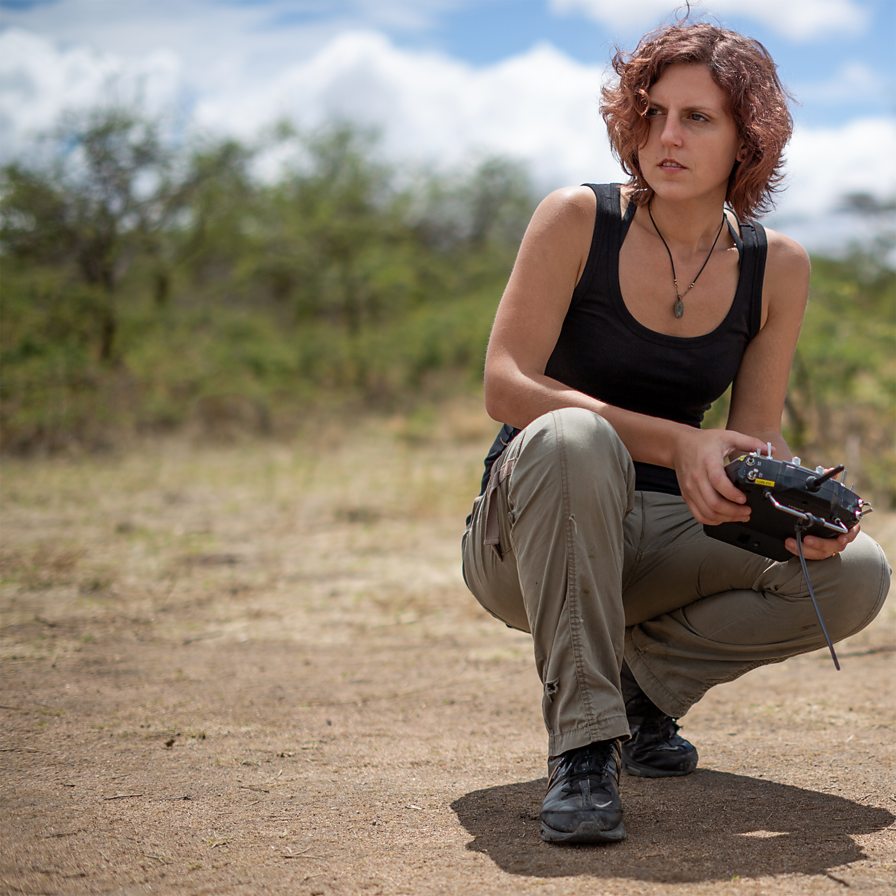

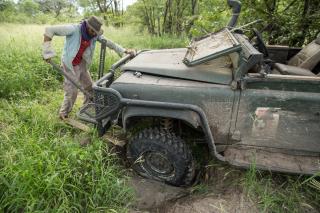


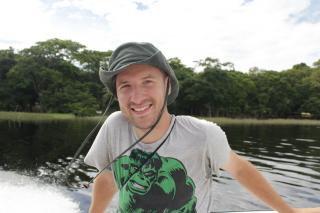
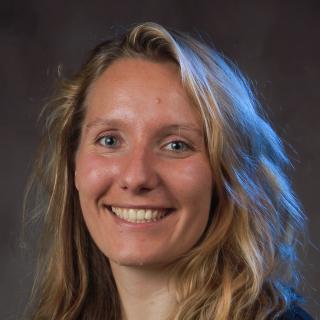
25 March 2021 8:35am
Both yes but mainly no, I liked the concept so much I "borrowed" it from "Endangered Safari" including the digitalized mammals.
Behind the scenes it is fairly simple: Just add relevant animals in a powerpoint, save as JPG, import it to
https://synoptic.design/
and name the area that looks like an animal after the animal- notice it must be the same name you have in the database and the same you will use in your reports,
Save it as a SVG- file and now you are ready to use it in tools like Power BI/ Tableau and custom lots of things like colour and it is interactive/ clickable.
Unfortunately the coverage maps in IUCN did not have good enough data quality for our national park,
So when you create a global database add a digital version of the specie and of course, always updated ranges.